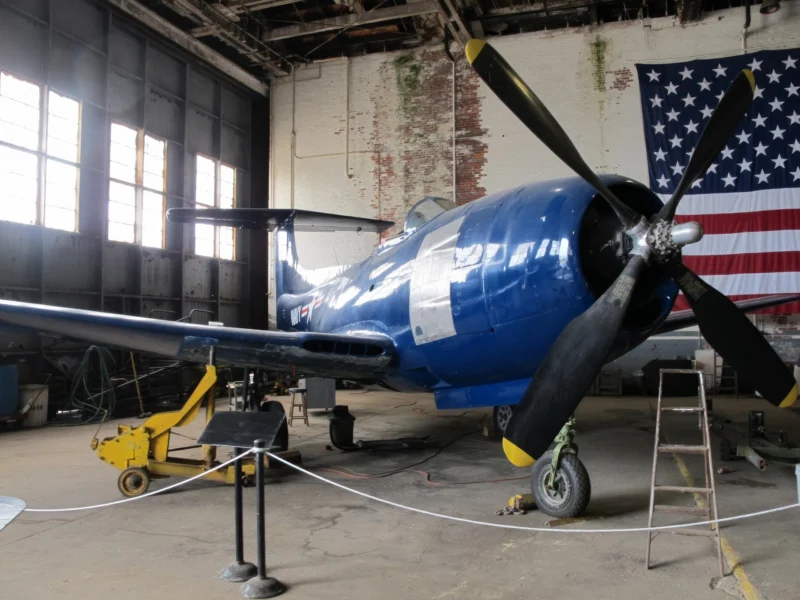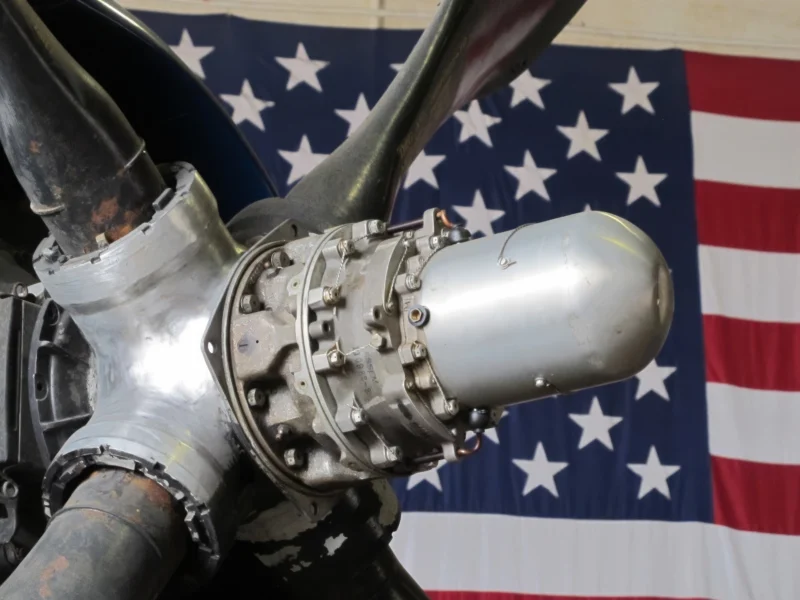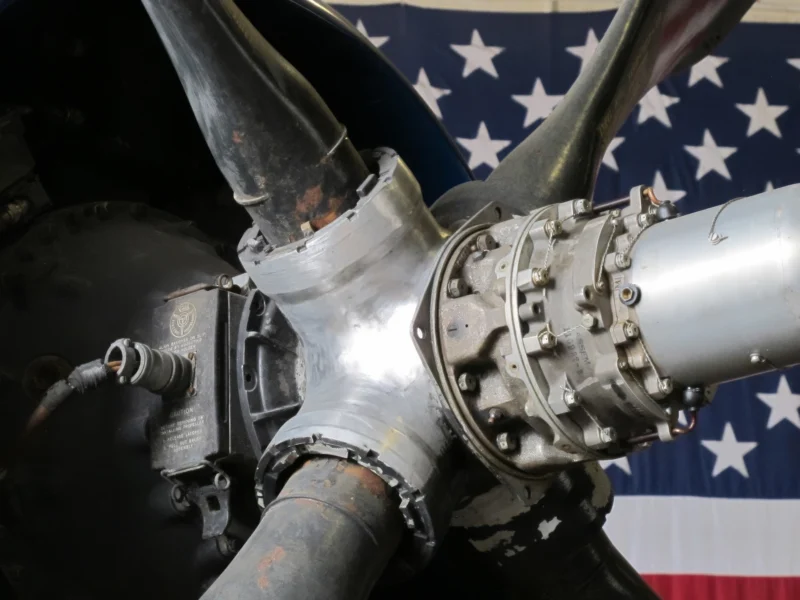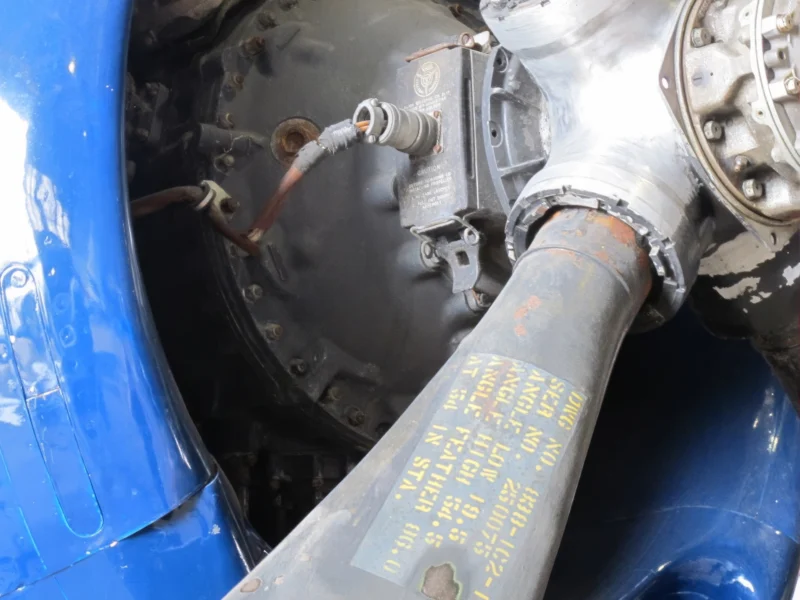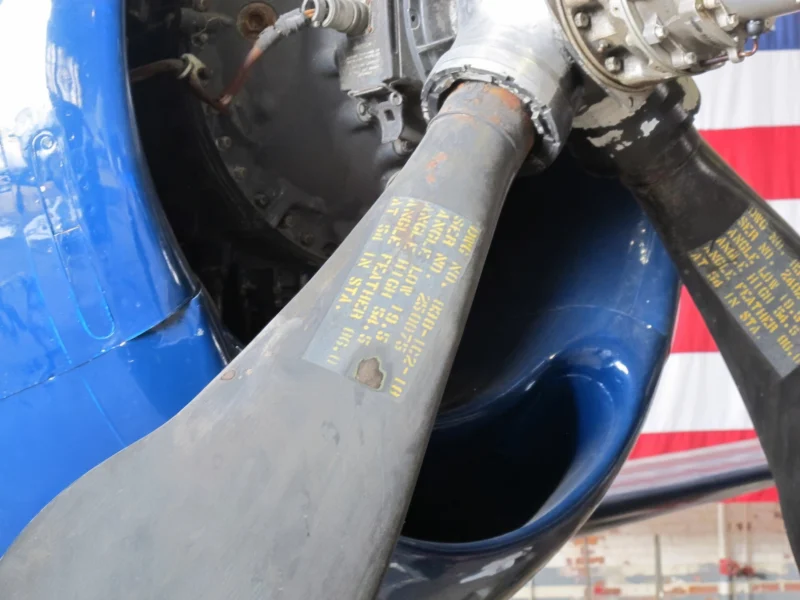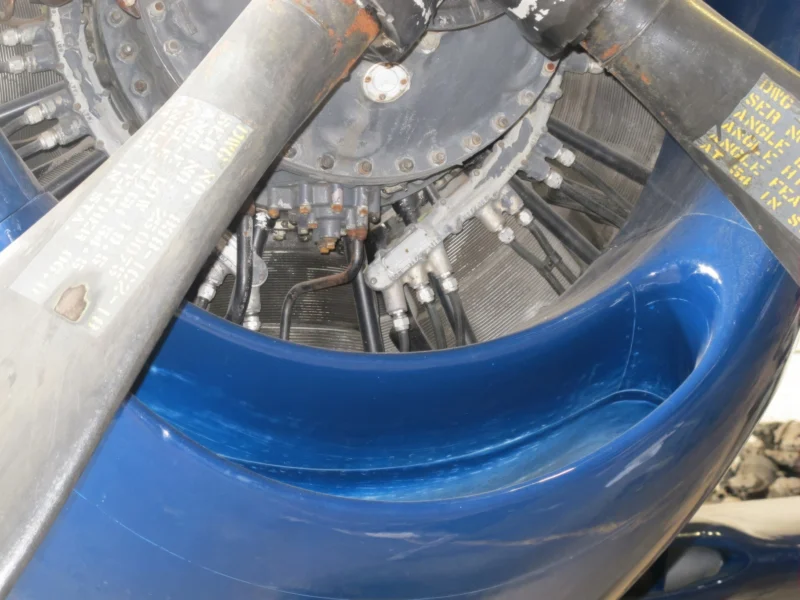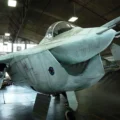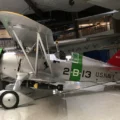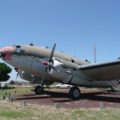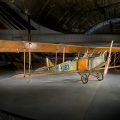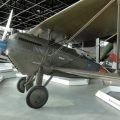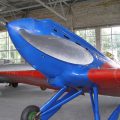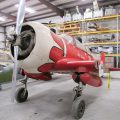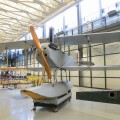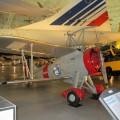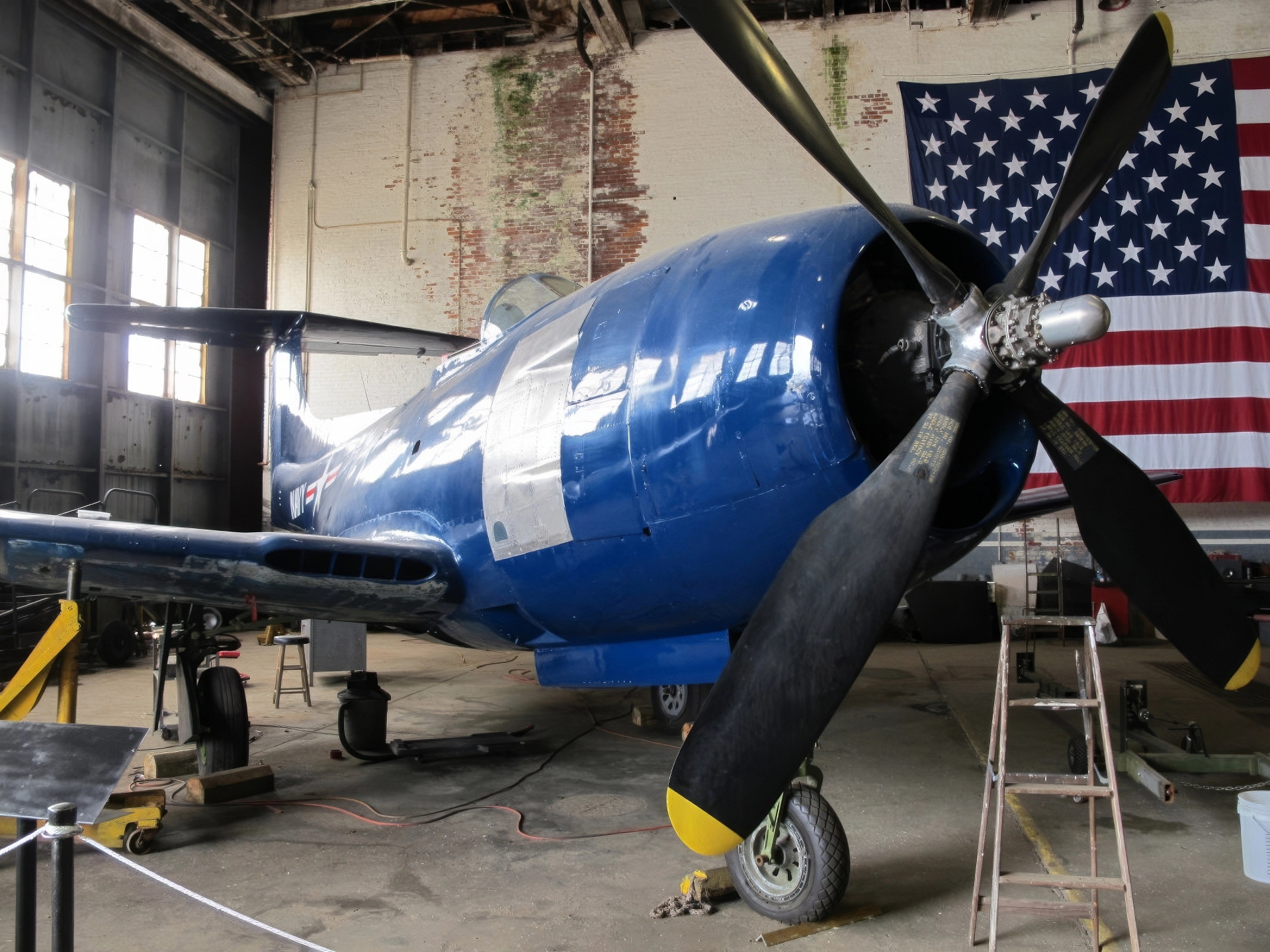
Curtiss XF15C-1 | |
|---|---|
| Kraju | Stany Zjednoczone Ameryki |
| Typu | Prototyp myśliwca z napędem mieszanym |
| Fotograf | Władimir Yakubov |
| Temat | Album 67 zdjęcia spaceru po «Curtiss XF15C-1» |
Galeria zdjęć Curtiss XF15C-1, The Curtiss XF15C-1 was a mixed-propulsion fighter prototype of the 1940s. The first flight of the first prototype was on 27 February 1945, without the turbojet installed. When this was completed in April of the same year, the aircraft flew several mixed-power trials, however on May 8 it crashed on a landing approach. The second prototype flew for the first time on 9 July, again in 1945, and was soon followed by a third prototype. Both aircraft showed promise, however by October 1946 the Navy had lost interest in the mixed-power concept and cancelled further development.
Źródła: Curtiss XF15C-1 w Wikipedii
| Infos | |
|---|---|
| Roli | Fighter |
| Producent | Curtiss Aeroplane and Motor Company |
| Pierwszy lot | 27 lutego 1945 |
| Liczba zbudowanych | 3 |
Zobacz też:
The Curtiss XF15C-1 was an experimental fighter aircraft designed by the Curtiss-Wright Corporation during World War II. It was intended to be a carrier-based fighter that could operate at high altitudes and speeds, using a combination of a propeller and a jet engine. The XF15C-1 was one of the first mixed-propulsion aircraft to fly in the United States, and the only one of its kind to be built by Curtiss.
XF15C-1 miał konwencjonalny kadłub z bąbelkową osłoną i podwoziem z kołem ogonowym. Skrzydła były odchylone do tyłu pod kątem 35 stopni i miały cztery działka kalibru 20 mm zamontowane w nasadach skrzydeł. Śmigło napędzane było silnikiem gwiazdowym Pratt & Whitney R-2800-34W, natomiast silnikiem odrzutowym był silnik turboodrzutowy Allison J33-A-1 zamontowany w tylnej części kadłuba. Silnik odrzutowy posiadał chowany wlot powietrza pod kadłubem oraz dyszę wydechową nad usterzeniem. Śmigło i silnik odrzutowy mogły być eksploatowane niezależnie lub razem, w zależności od reżimu lotu.
The XF15C-1 made its first flight on February 27, 1945, piloted by Curtiss test pilot Harvey Gray. The flight tests revealed some stability and control problems, as well as excessive vibration and overheating of the jet engine. The aircraft also suffered from poor performance at low speeds and altitudes, due to the drag and weight of the propeller. The XF15C-1 reached a maximum speed of 414 mph (666 km/h) at 25,000 ft (7,600 m) with both engines operating, but only 314 mph (505 km/h) with the propeller alone.
The XF15C-1 program was cancelled in October 1945, after only three prototypes were built and flown. The Navy decided to focus on pure jet fighters instead of mixed-propulsion designs, which were considered obsolete and complex. The XF15C-1 was an innovative but unsuccessful attempt to create a versatile fighter that could combine the advantages of both propeller and jet propulsion.

Liczba wyświetleń : 2093
